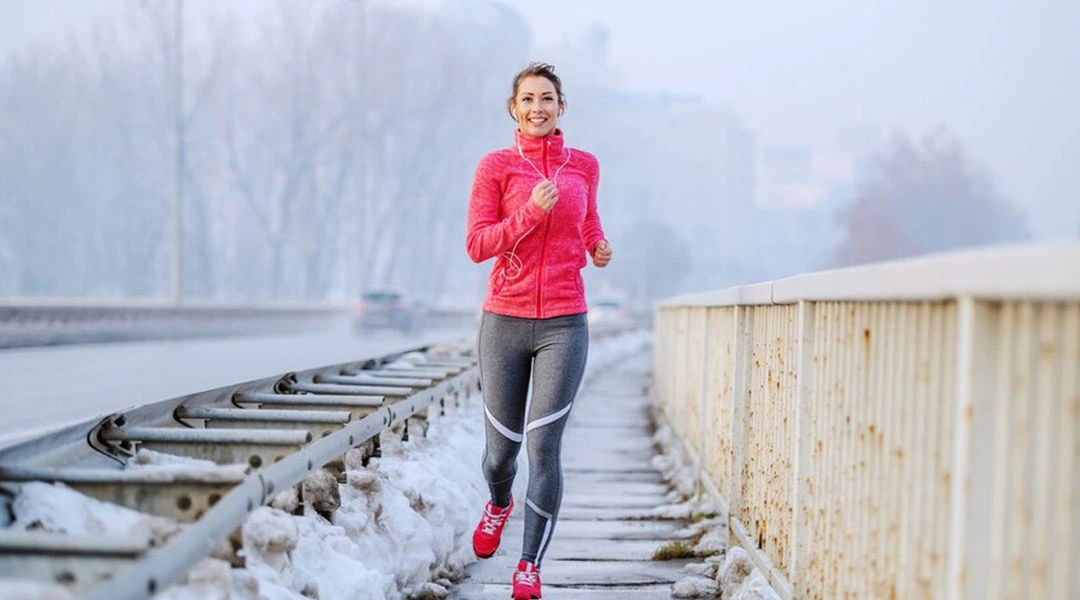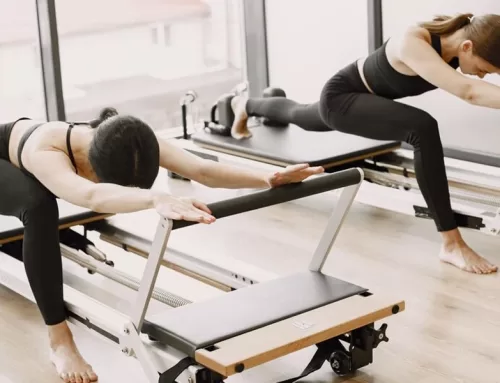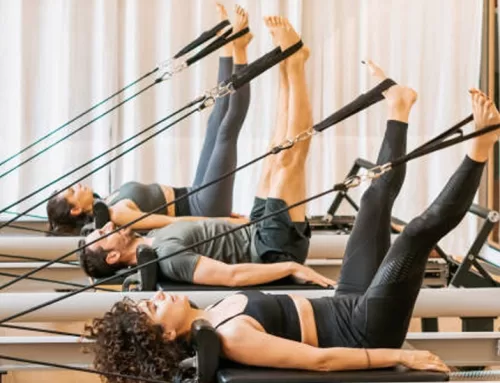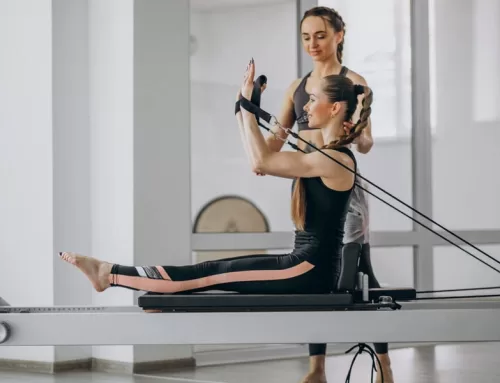Winter can present challenges for maintaining an active lifestyle, with colder temperatures and shorter days often discouraging outdoor activities. However, Yash Birla says that staying active during the winter is crucial for physical and mental well-being. Best exercises for winter. Here’s a comprehensive guide to the best exercises for winter, encompassing a variety of indoor and outdoor options.
Best Indoor Exercises For Winter
Cardiovascular Workouts:
- Indoor Cycling: Invest in a stationary bike or attend spin classes to maintain cardiovascular fitness.
- Jump Rope: A simple and effective cardio exercise that requires minimal space.
- Dance Workouts: Engage in dance-based workouts like Zumba or follow online dance routines for a fun and effective way to burn calories.
Strength Training:
- Bodyweight Exercises: Perform exercises like squats, lunges, push-ups, and planks that require no equipment.
- Dumbbell or Resistance Band Workouts: Use these tools for added resistance and muscle strengthening. Incorporate exercises for all major muscle groups.
Yoga and Pilates:
- Yoga: Enhance flexibility, balance, and mental well-being with various yoga poses. Follow online classes or use mobile apps.
- Pilates: Focus on core strength, stability, and overall muscle tone through Pilates routines.
Home Workouts:
- High-Intensity Interval Training (HIIT): Quick, intense bursts of exercise followed by short rests boost metabolism and burn calories.
- Online Workout Videos: Explore a variety of workouts on platforms like YouTube or fitness apps, catering to different fitness levels and preferences.
Best Outdoor Exercises For Winter
Winter Sports:
- Skiing and Snowboarding: Take advantage of winter sports for a full-body workout. Skiing, whether downhill or cross-country, engages various muscle groups.
- Ice Skating: Enjoy a low-impact exercise that improves balance and coordination.
Cold-Weather Running:
- Layer Up: Dress appropriately in layers to stay warm during outdoor runs. Thermal gear and moisture-wicking fabrics are essential.
- Proper Footwear: Choose running shoes with good traction to prevent slipping on icy surfaces.
- Daylight Running: Schedule outdoor runs during daylight hours to ensure visibility and safety.
Winter Hiking:
- Snowshoeing: Explore snow-covered trails with snowshoes, providing an excellent cardiovascular and lower body workout.
- Winter Gear: Invest in insulated and waterproof clothing to stay warm and dry during winter hikes.
Cold-Water Activities:
- Swimming: Indoor pools offer a controlled environment for swimming during winter. Cold-water swims outdoors can also invigorate the body.
- Cold-Water Immersion: Activities like cold-water immersion or winter swimming may boost circulation and metabolism.
Safety Tips for Winter Exercise
Warm-Up Adequately:
- In colder temperatures, warming up is crucial to prevent injuries. Perform dynamic stretches and light cardio to prepare the muscles.
Stay Hydrated:
- Despite the colder weather, staying hydrated is essential. Cold air can be dehydrating, especially during activities like skiing or running.
Protect Extremities:
- Keep hands, feet, and ears protected from the cold to prevent frostbite. Wear insulated gloves, socks, and a hat.
Choose Appropriate Footwear:
- For outdoor activities, ensure footwear provides traction on snow and ice. Consider using traction devices for added safety.
Layer Clothing:
- Dressing in layers allows for better temperature control. Start with a moisture-wicking base layer, add insulation, and finish with a waterproof and windproof outer layer.
Mind the Wind Chill:
- Be aware of the wind chill factor, as it can significantly impact how cold it feels. Dress accordingly to protect against wind exposure.
Listen to Your Body:
- Pay attention to your body’s signals. If you feel too cold or fatigued, it’s okay to adjust the intensity or duration of your workout.
Stay Visible:
- During low-light conditions, ensure visibility with reflective clothing or accessories. Use well-lit areas for outdoor activities.
Indoor Alternatives:
- On extremely cold or stormy days, have indoor exercise alternatives to maintain consistency.
Consult a Professional:
- If trying a new winter sport or activity, seek guidance from professionals to ensure proper technique and safety.
By incorporating a mix of indoor and outdoor activities, adjusting to winter conditions, and prioritizing safety, individuals can maintain a healthy and active lifestyle throughout the colder months, says Yash Birla. Whether enjoying winter sports or engaging in indoor workouts, staying physically active contributes to overall well-being during the winter season.








Leave A Comment